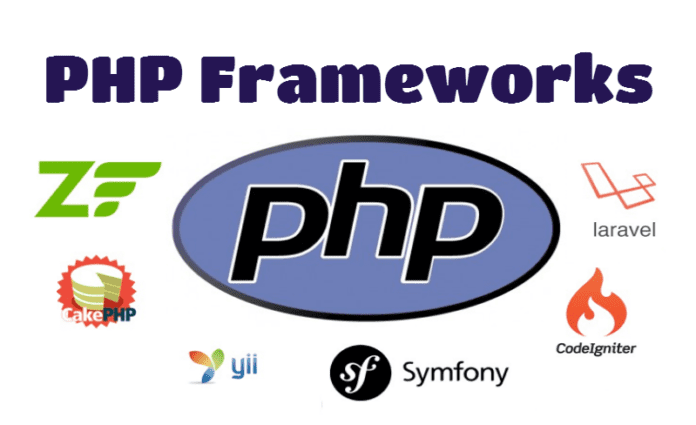The Learn Management System (LMS) is a software platform that helps educational institutions manage their learning activities. It offers various tools and features that enable educators to create engaging online courses with ease and provide insights into how students engage with their content. A management system is a set of rules, procedures, processes, and practices that ensure an organization’s efficiency, productivity, and quality. It includes planning, organizing, leading, and controlling. In the modern business world, using a management system provides businesses with several benefits, such as improved efficiency, increased productivity, and enhanced security.
There are different types of management systems, each with its strengths and weaknesses. The hierarchical system is the most common type of management system, where decisions are made by upper-level managers who pass them down to lower-level managers. Another popular type is the matrix system, which combines aspects of hierarchical and flat structures to create an environment that promotes cross-functional communication. The best learning and development software offers a comprehensive and engaging platform for organizations to train and develop their employees. Choosing the right management system for an organization requires analyzing the organization’s needs, researching the market, and creating an implementation plan.

Implementing a management system is one of the most critical steps any organization can take to ensure its success. A management system provides structure, consistency, and a framework for decision-making that can help an organization achieve its objectives. The implementation of a management system requires careful planning, preparation, and execution.
The Learn Management System (LMS) is a type of management system designed for educational institutions. It provides a comprehensive suite of tools and features that allow educators to manage their learning activities efficiently and effectively. From creating and delivering content to tracking student progress, managing resources, and analyzing performance data, the LMS simplifies complex educational tasks while providing valuable data for informed decision-making.
A management system is a set of rules, procedures, processes, and practices used to ensure an organization’s efficiency, productivity, and quality. It is designed to improve organizational performance and provide a framework of guidance that can be used to define objectives and standards for the organization. Management systems are typically composed of four key elements: planning, organizing, leading, and controlling.

Planning involves setting objectives for the organization’s activities and determining how those activities will be accomplished. Planning includes setting goals for employee performance, establishing strategies for achieving those goals and determining the resources needed to accomplish them. Organizing involves assigning responsibilities within the organization so that tasks can be completed efficiently. This includes staffing decisions such as job designations or job roles and allocating resources accordingly.
Leading refers to motivating employees so they can reach their potential in their roles within the company. This includes providing direction through clear communication on expectations from staff members along with recognition when those expectations are achieved or exceeded.
Controlling is assessing progress towards meeting organizational objectives by monitoring results against predetermined standards or benchmarks established during the planning phase of the management systems implementation process. This helps ensure that corrective actions can be taken if necessary to stay on track towards achieving desired results within a specific timeframe.
Using a management system provides businesses with several benefits, such as improved efficiency, increased productivity, and enhanced security. An effective management system allows for streamlined processes and communication between different departments within an organization, making it easier to complete tasks in less time than it would have taken without the use of such technology. Furthermore, automation features can be used to automate certain tasks and processes, allowing employees to focus on other areas that require their attention. By streamlining workflows and processes through a management system, businesses can increase their levels of productivity by eliminating bottlenecks in production or sales cycles as well as reducing man-hours spent on mundane tasks such as data entry or report writing. This increased productivity translates into higher profits over time due to improved efficiency across all areas of operations within an organization.








